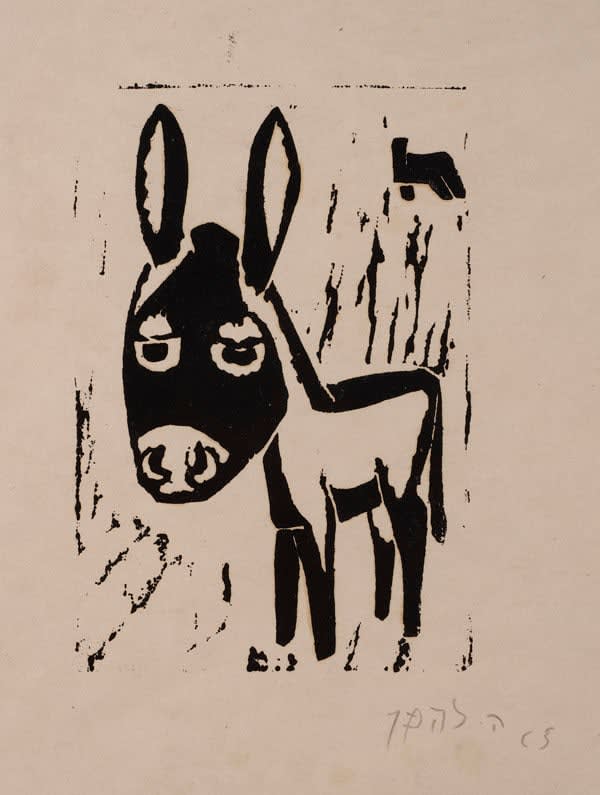1903-1977
Lehmann was born in Berlin and studied animal sculpture under Ludwig Vordermayer (1868-1933) in 1912, and sculpture and ceramics at the city’s Municipal School of Arts and Crafts from 1925 to 1928. He also met his wife, the distinguished German Jewish sculptor Hedwig Grossmann (1902-1955) at this time. From 1929-30, Lehmann worked at the Pergamon Museum, afterwards teaching sculpture at the Berlin School of Modern Art. In 1933 the couple moved to Jerusalem, where Lehmann briefly taught at the reopened Bezalel School for Arts and Crafts, where his best-known student was Menashe Kadishman, and later established a sculpture studio with Grossmann. In 1953, he became a co-founder of the Ein Hod Artists’ Village - the only artists’ village in Israel. In 1959 he moved to Givatayim, where he remained until his death. Lehmann was an enigmatic figure; he was not born Jewish and never converted nor mastered Hebrew, despite strongly identifying with Zionism. He was the winner of the prestigious Dizengoff prize in 1952 and in 1966.
Be the first to know – Sign Up
Subscribe to our newsletter and be the first to know about everything new at Ben Uri, including the constantly evolving and expansive online content across our exhibitions, collection and research.
We value and respect your privacy. Your personal data will be kept private and processed securely, according to our Privacy Policy. If you change your mind anytime, you can unsubscribe directly when receiving a mail from us (the link will be at the bottom of the email) or contact us.
* denotes required fields
This website uses cookies to improve your experience. If you are not happy with this, you can opt-out below.


